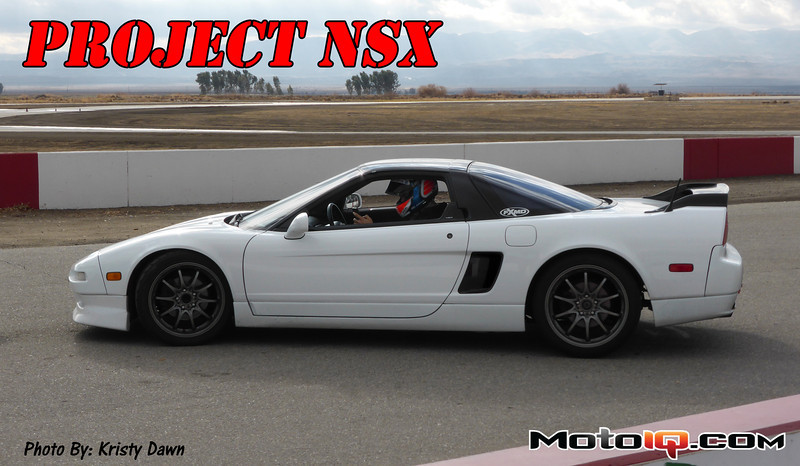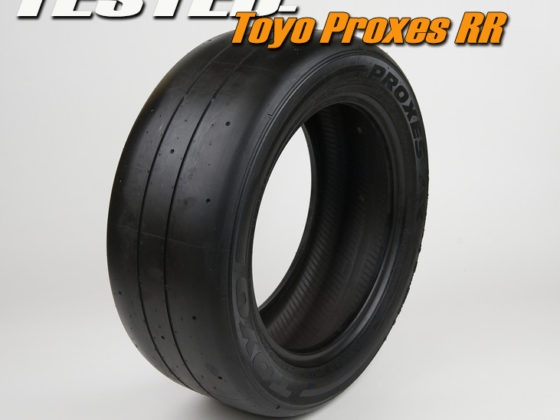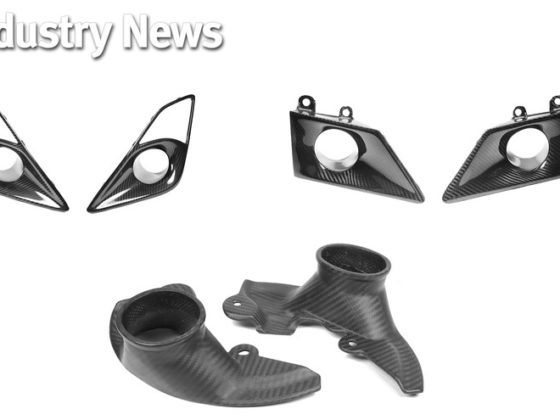With almost 5 years of downtime, Project NSX has been on hiatus for way too long. Between FXMD moving from Las Vegas to California, the motor traveling from Vegas to NorCal to SoCal, and especially with me moving to North Carolina, our little NSX has not had quite the love and attention that she deserves. But our 4th installment gets us back on track (literally) with a new set of shoes.
It seems like pretty much every project car on MotoIQ has KW coilovers, and for good reason, they are excellent dampers. However, Project NSX was actually one the first projects to receive KW V3s way back in August of 2009, it just took until now to write about them. As a long-term update, I can’t really say a whole lot more than what has already been said about KW’s excellent valving, performance, and ride quality other than after tens of thousands of street and track-driven miles, these KWs have been flawless with no leaks or issues whatsoever. There’s a reason why they are OEM equipped on some pretty awesome cars like Mercedes’ Black Series cars.

The NSX-specific KW Variant 3 utilizes 343lb spring rates front and rear and uses the durable OEM rubber mounted top hats for comfort and reliability. With over 150K on our rubber top hats, Honda seems to have designed these pretty well compared to most other cars, and new ones should last forever without needing the maintenance that Monoballs require. KW does offer a clubsport version with heavier 457lb spring rates and monoball top hats. We opted for the 457lb clubsport rates and V3 top hats.

The NSX was ahead of its time in many ways. The design of the all-aluminum chassis, subframes, control arms, and uprights rival those used in modern supercars. The control arms are aluminum masterpieces that look more like sculptures than what you see in today’s supercars. The suspension geometry is so good that the country’s fastest time attack car, the FXMD FX750 NSX, utilizes the stock control arms and pick up points and just turned a record-setting 1:37.520 at Buttonwillow.

With the V3s now installed, we examine the unique design of the NSX’s front suspension. The damper bolts to near the middle of the lower control arm which lowers the motion ratio and wheel rate. The front mounting point of the upper and lower control arms are connected via ball joints to what is known as a “compliance pivot”. This rubber-mounted vertical bracket with triangulated webbing pivots to absorb shock and allow for longitudinal deflection of the wheel to improve ride quality. Most people who track their cars install a clamp here to prevent the movement for a more consistent alignment control on track, but we’ll leave it alone for now.

The use of unequal length upper and lower control arms are prevalent on all four corners of the NSX’s suspension.

The rear suspension layout is also very interesting. The damper bolts directly to the upright giving the rear suspension a high motion ratio, closer to that of a strut. The rear swaybar’s ball joint is actually the bolt for the lower shock mount.

While we were working on the chassis, we installed a STMPO front chassis brace which connects the front tie down points that attach to each frame rail and stiffens the front of the chassis.

We also replaced the heavy 22.6lb steel rear bumper with this super light 8.6lb aluminum STMPO unit which is designed more like bumpers on current cars. Since the rear overhang is so long, this 14lb weight reduction produces a huge improvement to the feel of the car by reducing the pendulum effect and polar moment of the car.
Honda spent a great deal of time, money, and effort to develop the NSX. With the goal of beating Ferrari in every category, Executive Chief Engineer Shigeru Uehara had set the target for Honda’s new supercar extremely high. During the late 80’s, Honda had a significant amount of development resources at their disposal and made use of them. Since Honda was powering McLaren’s F1 program at the time and powered all three of Ayrton Senna’s wold championships, it didn’t hurt to have access to one of the greatest drivers of all time. Senna was a crucial tool in developing the handling balance of the car. He is also credited for the car’s strong chassis rigidity and cornering capabilities after testing the prototype which he felt was not stiff enough. He was also said to have tested the NSX at the Nurburgring amongst various other tracks.




1 comment
Very similar to my white 94. KW’s, Dali bars, non bushed rear toe links, Nitto 555s for street use, Pride exhaust & breathy heads/valves/springs. Topped with JDM short gearset HRE 17X8.5 and 18 x 10. Hope you also have a pan baffle. Very little body roll. Removed compliance locks since I no longer track.
The four inch shifter handle’s base is even with the console top. NA2 brakes, Not much slower on straights than Comptech SC but pulls past 8K. Now fabricating chassis bracing top & bottom front.
The car is great and looks brand new.